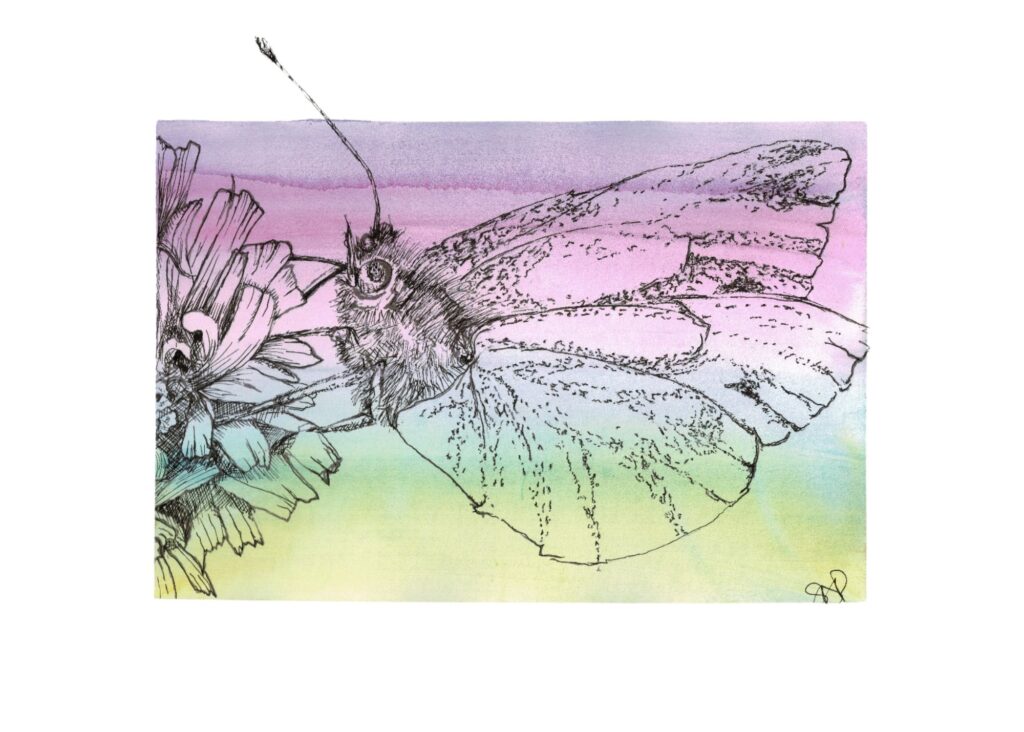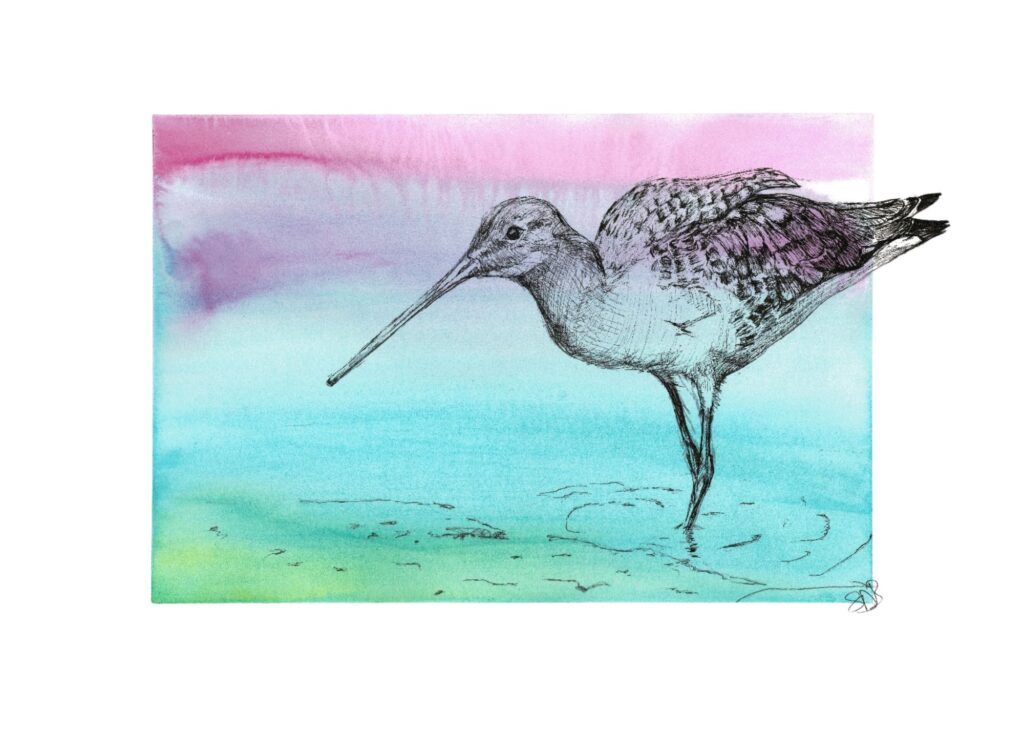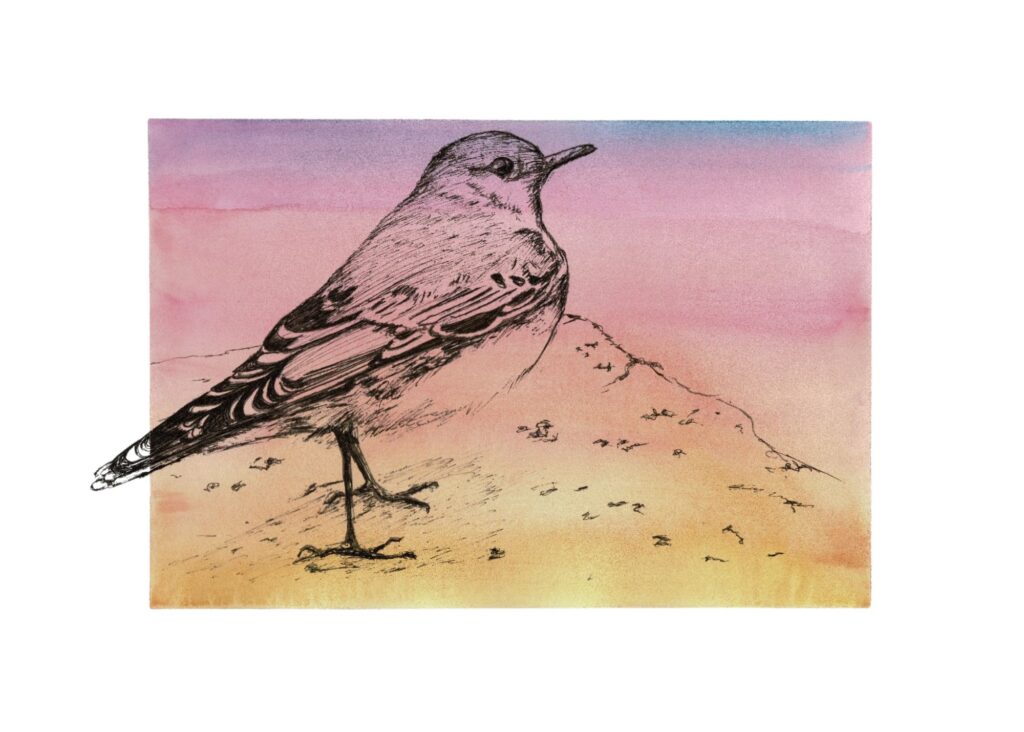As the days grow longer and the temperatures rise, the UK bursts into life with fresh sights, sounds and scents. Spring is the perfect time to dust off your walking shoes, step outside and enjoy the awakening landscape. While you’re out there, keep an eye out for the fascinating wildlife that thrives at this time of year. Whether you’re strolling through woodland, pottering in the garden or exploring your local park, here’s what to look out for during the best season of the year – in my opinion.
Birds to Watch For

- Swallow and House Martin: These summer visitors return from Africa, swooping over fields and water in search of insects. Their arrival is a joyful sign that spring has truly begun.
- Chiffchaff: One of the first warblers to return, you’ll often hear their distinctive song before you see them flitting among budding branches. Listen for the chiffchaff’s namesake “chiff-chaff” call from hedgerows and woodland edges.
- Blackcap: With a rich, melodic song, blackcaps are another returning migrant to listen out for. Males have a smart black cap; females wear a chestnut brown one. I always think they sound like they’re happy to be alive.
- Blue Tit and Great Tit: These colourful garden favourites become more active in spring, busy collecting nesting material and darting in and out of nest boxes.
- Woodpeckers: Both great spotted and green woodpeckers become more vocal and visible in spring. You might hear their drumming echoing through the trees and if you’re really lucky, look out for the much smaller lesser spotted woodpecker in certain woodlands.
- Skylark: Head to open fields or heathland and listen for the sweet, cascading song of skylarks as they sing high above, a true spring soundtrack.
- Long-tailed Tit: These charming little birds are busy nest-building at this time of year. Their domed nests, made of moss and spider silk, are often tucked into hedges or brambles.
- Tawny Owl: Although more often associated with autumn, tawny owls are active now too, especially at night. You may still hear their familiar hoots echoing in woodland as they may be heard calling to mates or establishing territory.
- Lapwing: Watch for their tumbling, acrobatic flight and distinctive “pee-wit” call over meadows and wetlands.
- Waders: Along the coasts and in estuaries, look for avocets, lapwings and redshanks. Many species are now in their beautiful breeding plumage and their courtship displays are a seasonal highlight. Also watch out for many waders passing through on spring passage back to their breeding grounds much further north.!
This weekend, 11–14 April, the lovely people at Essex Birdwatch Society are running their Spring Big County Birdwatch, featuring a series of FREE expert-led, guided birdwatching walks and events throughout the county.
Mammals to Spot

- Rabbits: Spring is prime time for rabbit-spotting. Young kits begin to emerge and you’ll often see them grazing in fields, meadows and grassy verges.
- Brown Hares: Best seen at dawn or dusk, hares are more active in spring. Watch for them “boxing” in open fields – a behaviour often seen between females and persistent males.
- Hedgehogs: Emerging from hibernation, hedgehogs will be hungry and active. Leave out water and meaty cat food in your garden to give them a helping hand.
- Foxes: Fox cubs are born in early spring and will soon begin appearing near their dens. Look and listen out for playful pups at dawn or dusk in quieter gardens and green spaces. Vixens may be seen foraging as they care for their cubs. Urban foxes are particularly visible in parks and gardens at this time of year.
- Badgers: As evenings grow lighter, you might glimpse badgers emerging from their setts. They’re particularly active now, foraging for worms and preparing for the months ahead.
- Bats: With warmer evenings, bats emerge from hibernation and can be spotted flitting around gardens, woodlands and water bodies at dusk. Common pipistrelles are especially active.
- Deer: Roe and muntjac deer can be seen in woodland clearings or on the edge of fields. Roe deer begin their breeding season in late spring, so activity often increases.
- Water Voles: These shy but charming creatures are most easily spotted in spring along quiet riverbanks. Look for them feeding on reeds or hear the gentle plop as they slip into the water.
- Otters: While still elusive, spring offers more chances to see these fascinating mammals. Early mornings or evenings by rivers or estuaries are your best bet.
- Grey Squirrels: Often seen chasing each other through trees, they’re busy raising their first litters and building up their dreys with leaves and twigs.

Insects to See
- Butterflies: Warmer days bring the first butterflies of the year – look out for brimstones, commas, small tortoiseshell and peacocks basking in the sunshine or fluttering through gardens and along hedgerows.
- Bees: Bumblebees and solitary bees begin to emerge in spring, foraging on early flowers like primrose, dandelion and willow catkins. Queen bumblebees emerge early in spring, searching for nest sites. Watch them zigzag low across the ground or diving into early blossoms like crocus and dandelion.
- Ladybirds: As temperatures rise, ladybirds become more active, hunting aphids in gardens and hedgerows. These helpful garden visitors begin to wake and spread their wings. They’re great for spotting with children and add a splash of cheerful colour to the hedgerows.
- Dragonflies and Damselflies: The first of these elegant insects may appear by ponds and wetlands later in spring, especially if the weather is warm. As the season progresses the first shimmering dragonflies of the year, can be seen darting through the air with speed and grace.
Plants


- Wildflowers: Bluebells, wood anemones and celandines create vibrant displays in woodlands and hedgerows. It’s the perfect time for a wildflower walk. The cheerful yellow flowers of primrose and cowslips are among the first signs of spring in meadows, banks and woodland edges – a sure sign that brighter days are ahead.
- Blossom: Cherry, blackthorn and hawthorn blossom light up hedgerows and gardens with clouds of white and pink petals – a feast for the eyes and for pollinators.
- Catkins: Trees like hazel, alder and willow produce catkins in early spring. These dangling clusters of flowers are a vital early food source for insects.
- Wild Garlic: With its strong scent and starry white flowers, wild garlic carpets many damp, shady woodlands in spring. Its leaves are also edible and popular in seasonal cooking.
Tips for Wildlife Watching This Autumn

- Woodland Walks: Spring woodlands are alive with birdsong and bursting buds. Take a slow stroll, pause often and listen closely – you’ll likely hear more than you see. Woodland walks in April and May are transformed into magical carpets of bluebells. Ancient woodlands are particularly rich in them – a must-see and smell spectacle!
- Urban Exploration: Wildlife is never far away – gardens and parks are full of seasonal activity. Keep a lookout for early butterflies, nesting birds and curious fox cubs.
- Early Mornings or Dusk: These quieter times are perfect for spotting shy mammals and enjoying the dawn chorus. Take a flask and a notebook – there’s no better way to start or end the day. Get yourself booked on to a Dawn Chorus Walk led by an expert – you won’t regret it.

So, whether you’re heading out for a springtime wander under blossom-laden branches or just enjoying the view from your window, there’s plenty to observe as the natural world wakes up from winter. New life is everywhere, and each day brings fresh changes, it’s the perfect time to reconnect with the outdoors.
Now that you know what to look for, grab your journal or camera and head outside! Don’t forget to share your wildlife finds and join my Creative Escape challenge for even more seasonal inspiration.

